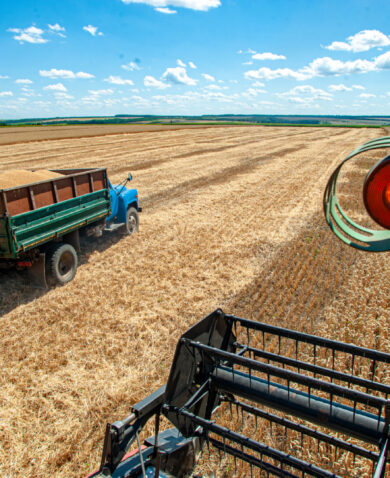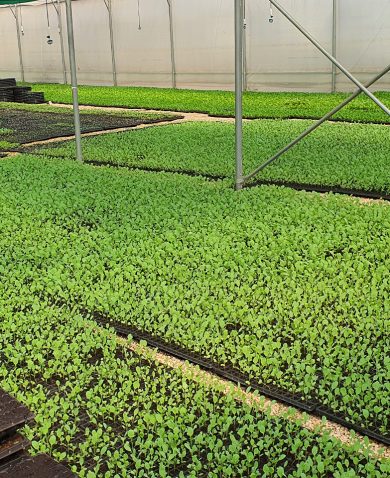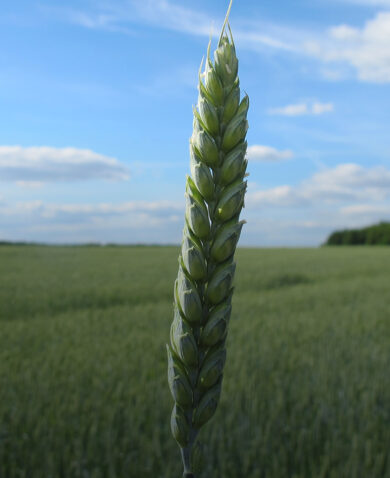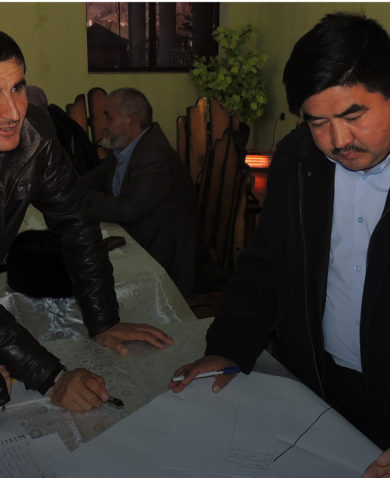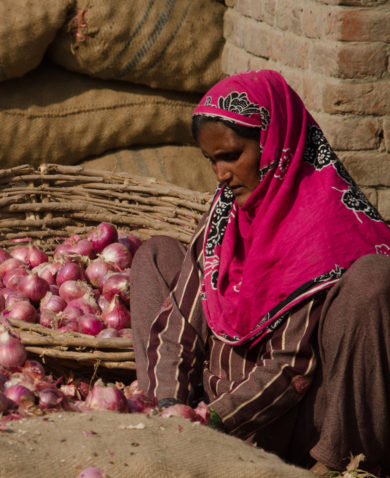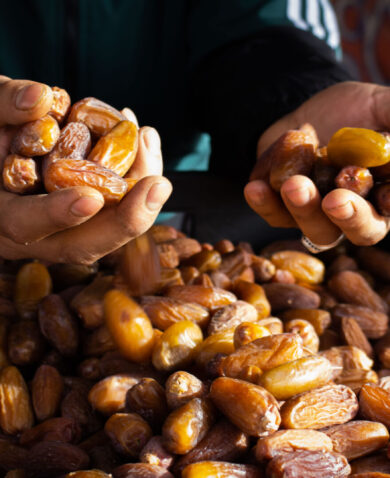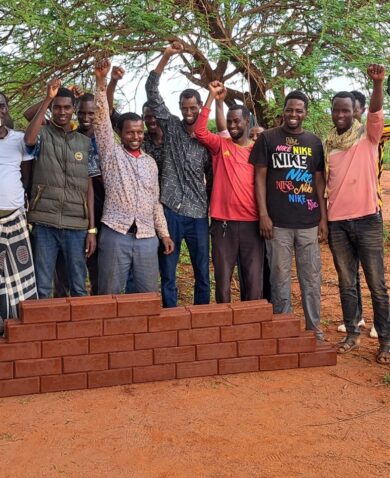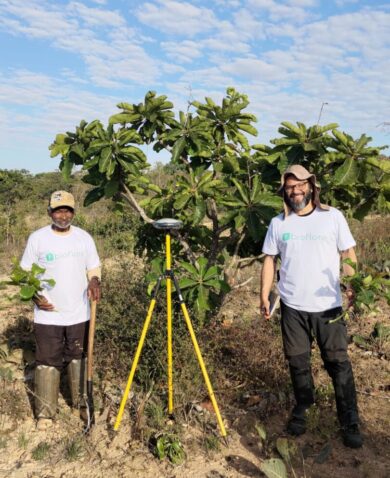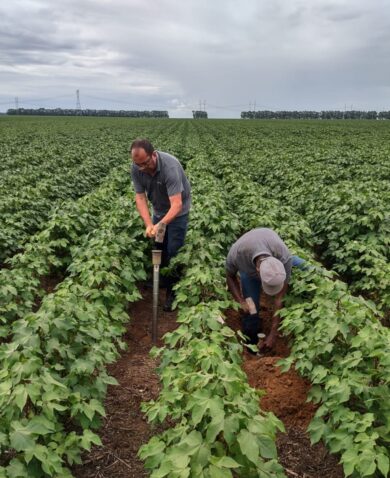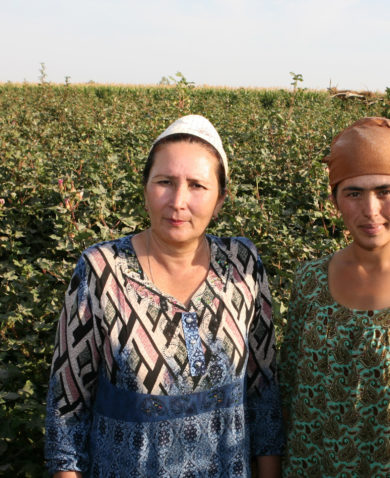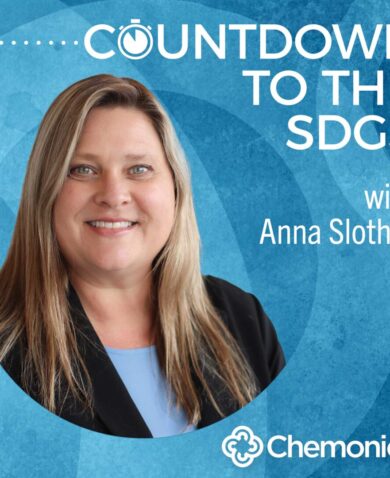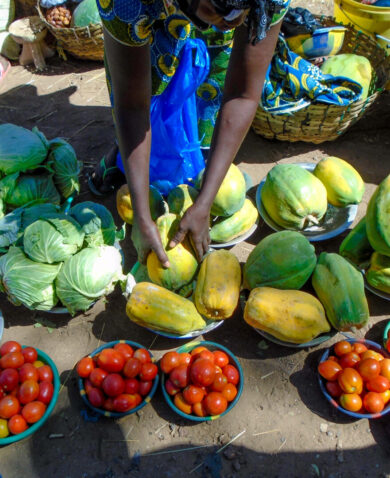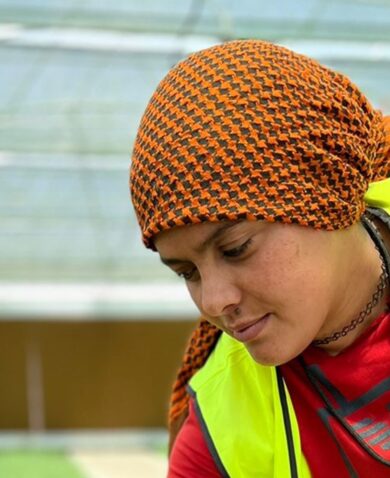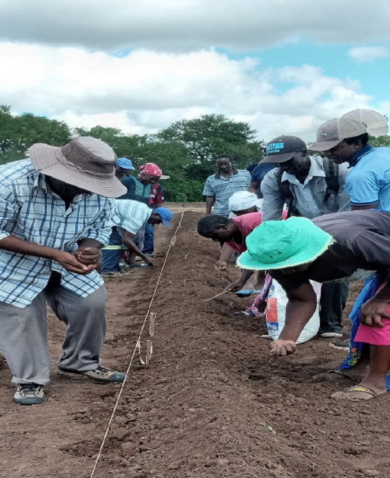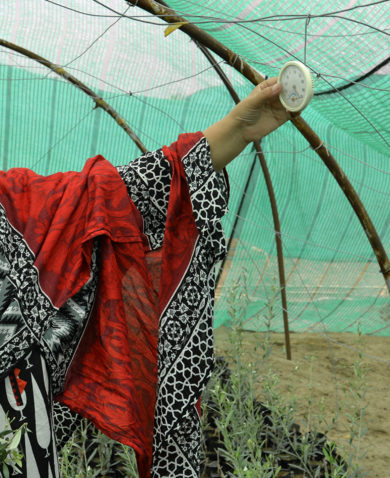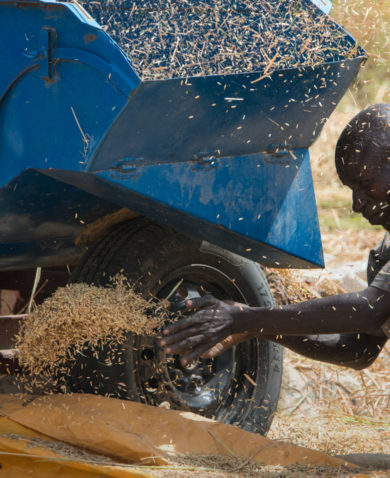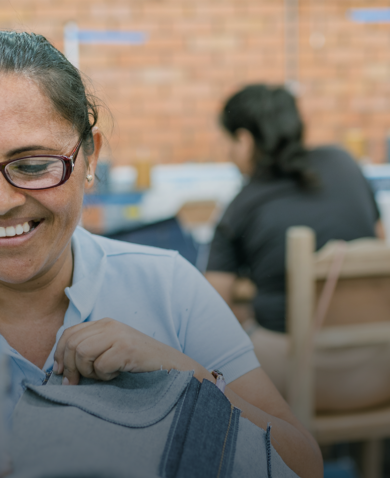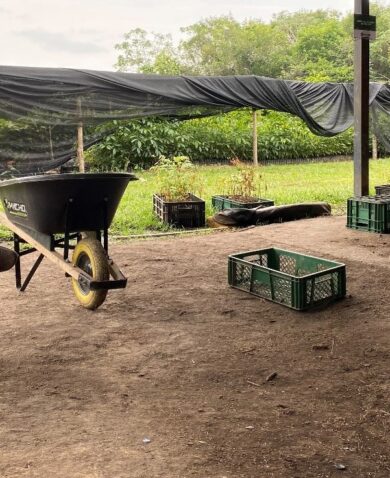
Re-imagining the Small-Scale Trader in Ugandan Value Chains
August 22, 2017 | 3 Minute ReadAre intermediaries the "bad guys" of the value chain, or can they be a force for good? Robert Anyang shares an innovative model that's improving the market system in Uganda.
Middleman — the very term itself is associated with extra hoops to jump through, farmers being cheated, and limited value being offered to farmers and value chains generally. The idea of cutting out the middleman is frequently thought of as a selling point, casting these intermediaries as the “bad guys” of the value chain, worth avoiding whenever possible.
Yet, this concept of intermediaries is based on the idea that they tack on additional costs without adding value. What if instead of getting rid of middlemen, development projects and their end-buyer partners could help those same intermediaries offer useful services instead? This is exactly what the Feed the Future Commodity Production and Marketing (CPM) Activity has tested in Uganda.
Why focus on intermediaries?
Uganda’s market system has been characterized by ineffective competition and poor cooperation, with entrenched mistrust among value chain actors. Uganda continues to need to foster more effective vertical and horizontal relationships among actors to create a system that is competitive, inclusive, and resilient — able to lift large numbers out of poverty. Reacting to the mistrust between farmers and traders, development projects often ignored the middleman and focused on farmers and farmer organizations for output aggregation and marketing directly to end buyers. However, in Uganda the farmer organization model on its own only contributes about two to five percent of production directly to end buyers. It was clear that there is much more work to be done to improve the larger market system. CPM knew that creating broader impact in Uganda would require pulling different levers to change behaviors and processes.
CPM took a new tact to facilitate market system change. The activity focuses on buyer-linked intermediary business models, which incentivize farmers to produce quality output by offering additional services and price differentiation. Generally, village agents and other local aggregators purchase produce on behalf of intermediary buyers, approaching farmers solely to negotiate over prices using a “take-it-or-leave-it” attitude. These agents tend to have less-than-transparent relationships with buyers and downright mistrustful relationships with farmers. They are typically not quality-driven, work on the spot market, offer little market information, and have limited access to storage, transport, and finance. But, as evidenced by a handful of successful intermediary business models when CPM began in 2013, intermediaries can foster high-quality production in consistent quantities by sending services and extension messaging down their supply chains.
How does it work?
For example, in a village agent model, an exporter willing to invest resources to try the approach would work with CPM to select five to eight of its trusted intermediaries (e.g., trader, processor, or apex farmer organization). With CPM’s support, each selected intermediary then handpicks, trains, and sets expectations for 10 trusted village agents to pilot the approach (see graphic). Agents tend to serve 200 to 300 farmers. To jump-start efforts, intermediaries and CPM work together to provide training in new services and associated extension messaging to agents, with CPM taking a smaller role over time.
Farmers, agents, larger intermediaries, and exporters all benefit from this model. This is a good thing for farmers because agents bring needed services to areas that were often previously unserved. For example, door-to-door input sales and mobile maize shelling save farmers time and money. Another example is Arabica coffee washing stations, which offer drying facilities and purchase unhulled, dry Arabica coffee cherries. See more examples of services in the table. Being a village agent is an opportunity for employment, which is particularly important with so many unemployed rural youth without access to land. By offering three or four services, a village agent can create a full-time-equivalent job for him or herself; earning $4,400 to $5,825 annually or 16 to 21 million Ugandan shillings (UGX). This is more than a Kampala bank teller earns — about 12 million UGX. Exporters and larger intermediaries are also able to procure better-quality product from suppliers in larger quantities, and working with these village agents helps them build trust with farmers and other actors along the end buyer’s supply chain.
What did we learn?
To make this model work, CPM learned that there are several key factors that can incentivize intermediaries to get involved in service provision:
- Intermediaries must be linked to buyers as part of a real and ready market.
- Village agents need to be knowledgeable and well-trained about the services they offer and the functioning of the value chain.
- The jobs that are created must be perceived as formal, not informal, to help change negative perceptions about work in the agriculture sector.
- Village agents’ work must be equivalent to full-time jobs, with a potential minimum income of $4,800 annually.
- Farmers must pay for services in cash at the time of delivery.
- It’s important for intermediaries to offer access to finance, genuine inputs, and mechanization. Information and communications technology (ICT) services are an added positive (such as weather and market information, digital profiling, and ICT-enabled savings for financing inputs).
For more detailed information about Uganda CPM’s intermediary approach and its impact on market system processes and relationships, please see the project’s technical brief.

